For the past 12 years, standard 32-page comic titles were priced at $3.99, with some titles (mainly for kids) still at $2.99. But prices have been steadily rising; more than half of all new comics in 2024 cost $4.99, with some going up a dollar or two more with variant and stock card covers, or in some cases, extra story pages. It might seem like a small difference, but it has big implications, Image Comics co-founder and Spawn creator Todd McFarlane explained. “…For 20 or 25 bucks when we were younger, you used to be able to walk out [of a comic book store] with a pretty thick bag full of comic books. Now you can count them on your fingers.”
McFarlane raises an important point: With inflation hitting people hard, can the comic book market sustain a 25-percent price increase? How does this affect the indies? While journeying through New York Comic Con 2024 (and after), The A.V. Club sat down with several comic book publishers, including McFarlane, to discuss this shift.
There are a few key reasons for the recent industry changes. “Cost factors have gone up for everybody,” explains Damian Wassel, CEO and publisher at Vault Comics, whose recent series include Deathstalker and Godfather Of Hell. He noted that in the three years prior to the COVID pandemic, “the U.S. went through this massive run of paper plant consolidation and shutdowns. Then COVID happened, and comics sales skyrocketed in 2021, but nobody could get paper for them so costs went up. You’ve got some printers charging close to or more than 100% more than they charged in 2018—not because they have to, necessarily, but because that’s what they’re doing. Then inflation has gone up, so creators need to make more.”
As a result, the two comics behemoths, Marvel and DC, raised prices on many of their books to $4.99. A number of indies also followed suit. However, Marvel and DC have the advantage over indies in that they can do considerably larger print runs which can reduce printing costs. Indies generally have smaller print runs and therefore tighter profit margins. They also don’t have the greater corporate profit edicts of the Big Two. Further, some licensed properties can require higher cover prices to recoup an investment.
“Pricing has been an issue in comics for a while because of this collector mentality that’s become the mindset of everyone,” notes James B. Emmett, senior editor of creator-owned projects at Mad Cave Studios, home to Gatchaman, The Hexiles, and others. “But also to make sales make sense in terms of printer costs, shipping, paying our artists, paying our writers, and just making sure we’re breaking even on the floppies.”
The company settled on the $4.99 price with $6.99 for books with slightly longer stories or alternate covers, which is comparable to other indies’ pricing. “Variants are more expensive because they’re lower print runs so their markups are higher and they’re more exclusive,” Emmett said. “We’re still playing in the world of comics in that way because people want to collect those things.”
It should be noted that the variant craze and intense speculative collecting that dominated the early ’90s helped lead to the great comics crash of 1996. Variants have become popular again, and they have raised the prices of specific issues (some way beyond $10). Perhaps because of this familiar model, comics fans so far seem to be willing to deal with the recent price hike. The standard of 22 to 24 pages of story per 32 pages has not changed, although some slightly expanded comics, notably first issues, cost a little more and offer more content. That’s another tactic that has been more popular in recent years.
Some indies are still drawing the line at $3.99 for a standard floppy, including Dark Horse and Image. They both have more expensive titles but with larger page counts like Dark Horse’s recent Headless Horseman anthology and Image’s Precious Metal series.
“Our current standard prices are expected to remain the same for the time being,” Cara O’Neil, VP of marketing for Dark Horse Comics, tells The A.V. Club. “We do pay attention to changes in the marketplace and what other publishers are doing, as well as sales numbers that are reported in the industry. Our goal is to remain competitive while also being mindful of what comics retailers and fans can afford. It is a tough market, but we don’t want to make comics unapproachable for the community.”
This latest point is particularly important. Comic book sales skyrocketed because of the pandemic lockdowns, from $1.28 billion in 2020 to $1.91 billion in 2021 and $2.01 billion in 2022. They slipped to $1.87 billion last year. Most of the pandemic growth was via graphic novel, manga, and trade paperback sales. Individual comic book sales have stayed relatively the same over the last three years, although they have ticked up a little bit so far this year, with digital showing signs of growth.
“I’m the cheapest guy on the block,” McFarlane says. “I’m an advocate of trying to deliver as much quality at as low a price as possible. I was talking to a couple people [at New York Comic Con], and they said that Marvel and DC might have overdone a bit of a good thing. So they’re actually coming down from their $4.99 to $3.99 on some of their books. They’re going through a cheaper paper stock, and they’re figuring out ways to be able to do it.” McFarlane, who has had a massively successful career that spun off into toys and other media, has been open about the fact that he doesn’t need the extra money. He wants to be loyal to his fans the way they have been to him. He even upgraded to better cover stock.
Utilizing a different strategy, DSTLRY is releasing larger format comics like White Boat and Spectregraph that have between 44 and 52 pages of story in every issue for $9. Somna #1 ran 56 pages and retailed at the $9 price point.
“By doing more pages at actually a cheaper price than two $5 comics for the page count, we can do bigger pages, better paper, spot gloss, and still have a great profit for the retailers, and enough profit for us to be able to do that,” explains David Steinberger, co-founder and CEO of DSTLRY. “It makes a huge difference in terms of the feeling of collecting something.”
The DSTLRY team is also integrating digital comics into their plans. While single-issue prices for digital editions equal those of print, the company offers a discount on $30 hardcover books, reducing them to $15 to $20 on digital. Digital readers can also get 20% off print copies at conventions and have access to digital-only alternate covers, and the company is also creating digital collectibles. Joelle Jones was virtually signing digital copies at NYCC to give them added value.
For the true-blue indies, the companies run by the creators themselves, the recent price jumps are challenging, so specific choices must be made.
Writer-filmmaker Ted Sikora, president of indie publisher Hero Tomorrow Comics, says his company has always kept its prices at $3.99. “Even with our series Bloom, there was a chapter point where I really wanted to end the book, and it was way past 32 pages,” Sikora recalls. “But I also realized, as an indie creator, people aren’t going to want to try a new book for more than $3.99, so I ate the extra cost myself, and it ended up selling out twice throughout the country when it came out. So I feel like it was well worth it. We still made money because as long as you print enough copies you can get your own cost down. On the first issue of Bloom, we did about 10,000 copies.”
Sikora added that Kickstarter campaigns with exclusive covers, which cost more due to smaller print runs, can help offset the price of regular issues.
Through his Outtatime Comics imprint, writer Mike Spring has released his series Red, White And Broke: Confessions Of An American Superhero and The 8-Bit Slasher. His initial print runs are about 300 to 500 copies. His books are 24 pages of story at $5 each, his collected trade paperbacks are $20, and his two recent releases were 48-page square bound one-shots priced at $10 each.
Spring says fans are fine with his pricing “because I mostly sell them at conventions and on Kickstarter, and I think they’re very commensurate with what most indie books are selling for at conventions and on Kickstarter. The thing for me is my profit margin gets a little bit less every time the paper costs go up. I find that most people can see the value of the book.”
We are currently living in another golden age of comics because of the sheer diversity of titles available to readers and collectors today. A majority of that comes at the indie level which is vital for keeping the medium moving forward artistically. But like the current streaming television boom, a plethora of selections can also overwhelm consumers.
“Choice profusion also affects the economics of the business,” Wassel noted. “It’s great to have options as a reader, but when you have a lot of options it can get harder to pick anything. You see a little bit of that happening in consumer behavior, but it also just means that it’s harder for any one thing to break out.”
“The key is producing comics that readers actually want and knowing your market,” says John Dziewiatkowski, publishing director for U.K.-based Titan Books which also releases titles in the U.S. including the Gun Honey and Minky Woodcock series. “Is your brand known? Is your story engaging? Strong brands with great stories and great art continue to sell well. Indie comics with unknown titles can be challenging. Publishers need to get creative with their sales and marketing efforts to get the product in front of their target audience. Unfortunately, there is not a magic formula for comic book success.”
While the market may be able to bear $4.99 comics for now, it should be noted that a majority of traditional comic buyers are middle-aged adults, whereas younger readers tend to like manga and graphic novels. Trying to build a strong fanbase of younger readers may be more challenging when some may perceive larger collections as better value for money. And single digital issues are usually not cheaper than print.
According to a recent ICv2 report, spring 2024 sales held steady, but some comics retailers expressed concern over the effect of higher prices variant/alternate cover tactics on longtime buyers. However, none of the publishers interviewed here are worried about a comics crash. Their slates are diversified by other formats beyond single-issue sales (although it’s easier for the Big Two to deal with the price shifts). Sales figures, not to mention the state of the U.S. economy itself, over the months to come will show us how this will ultimately shake out.
(Special thanks to Chuck Baglivio at Cosmic Comics and Games in Baldwin, NY for his business insights.)
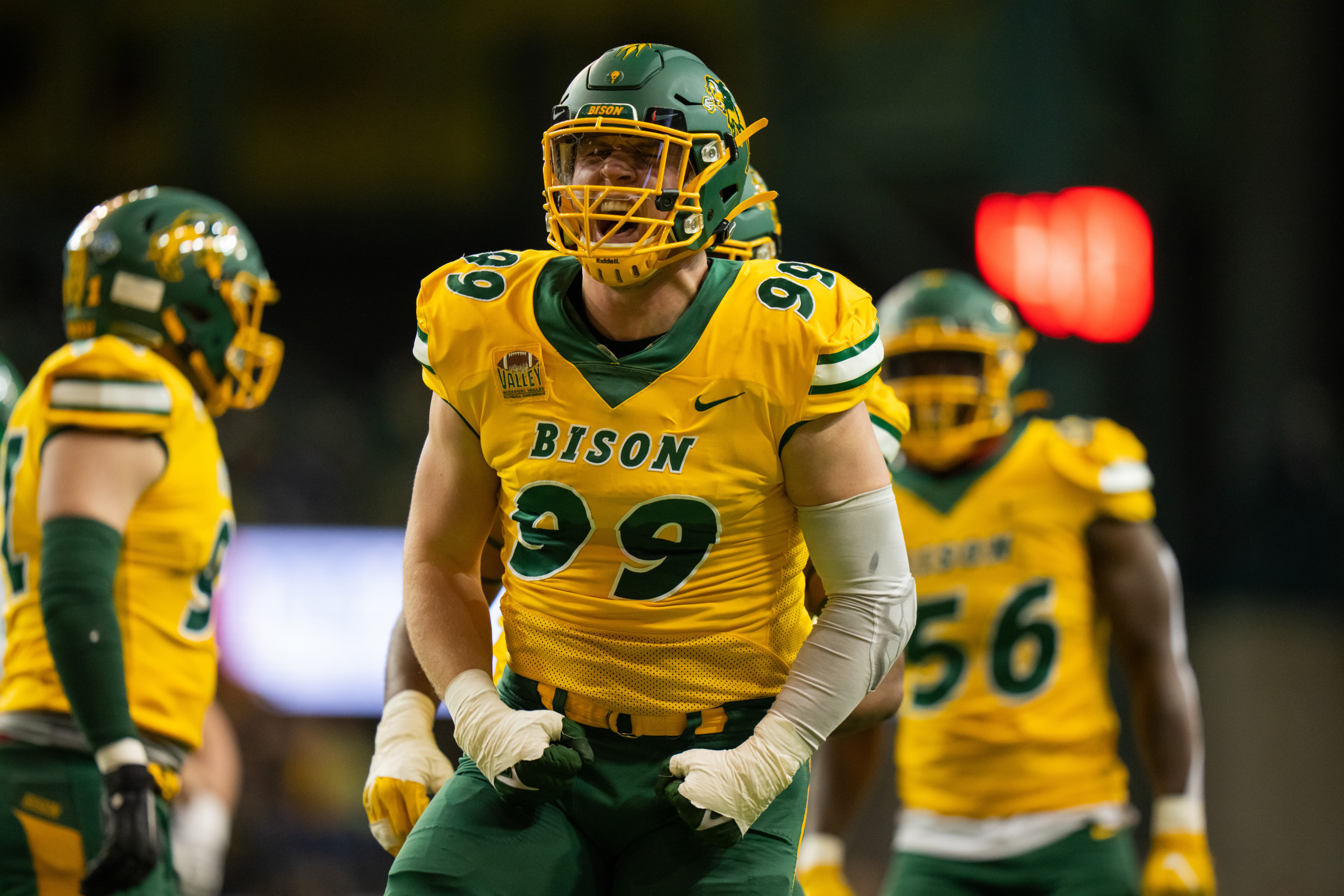
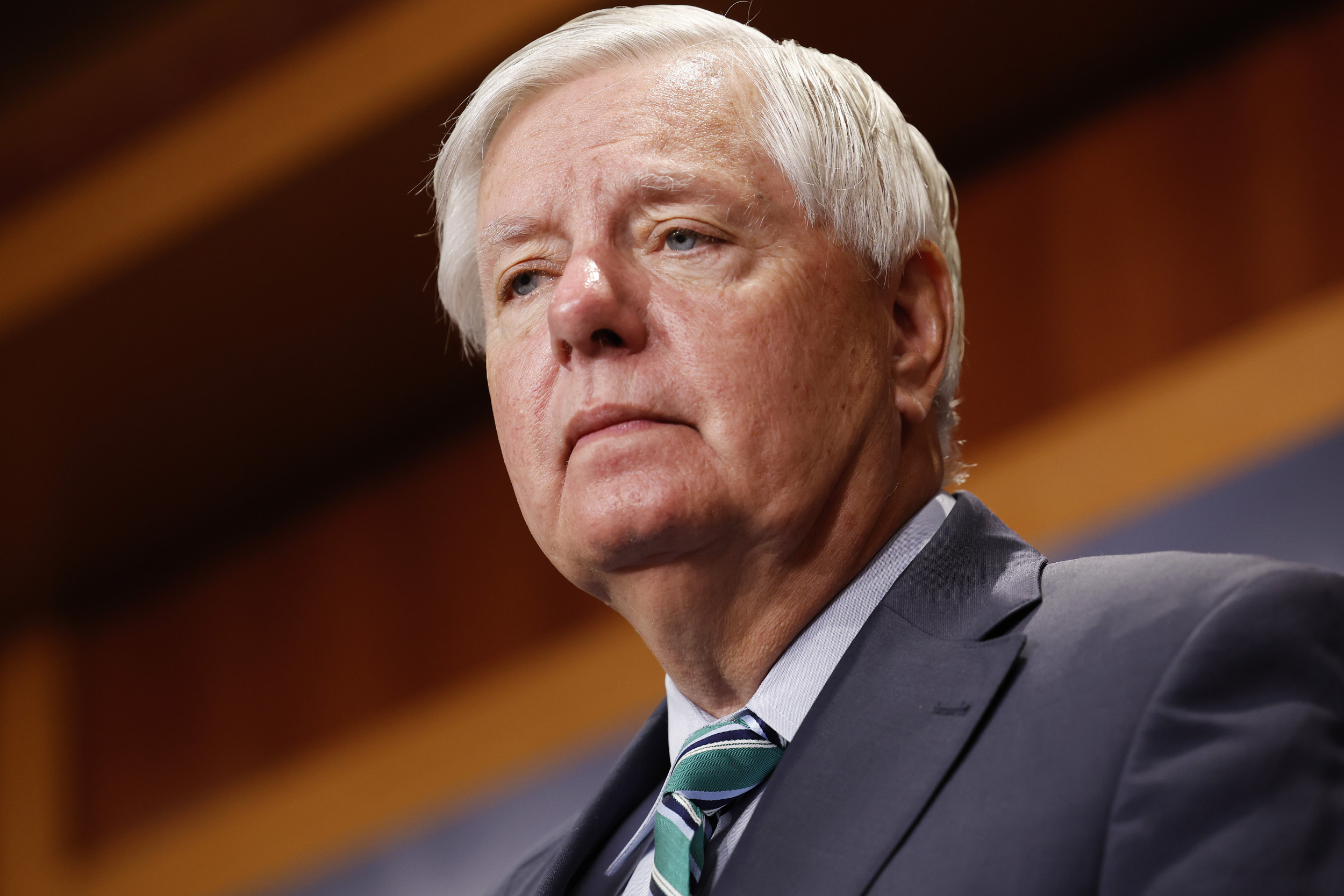

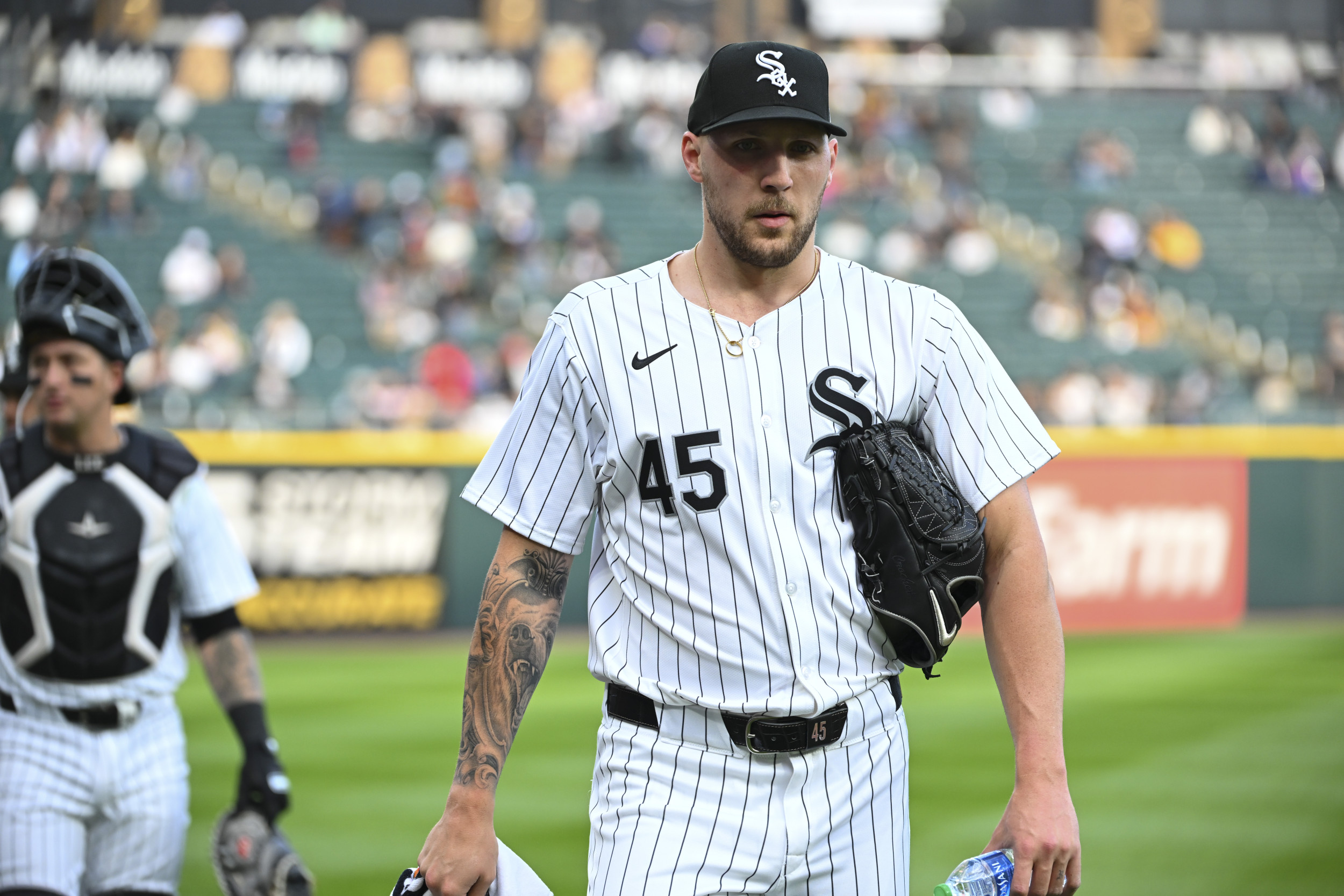
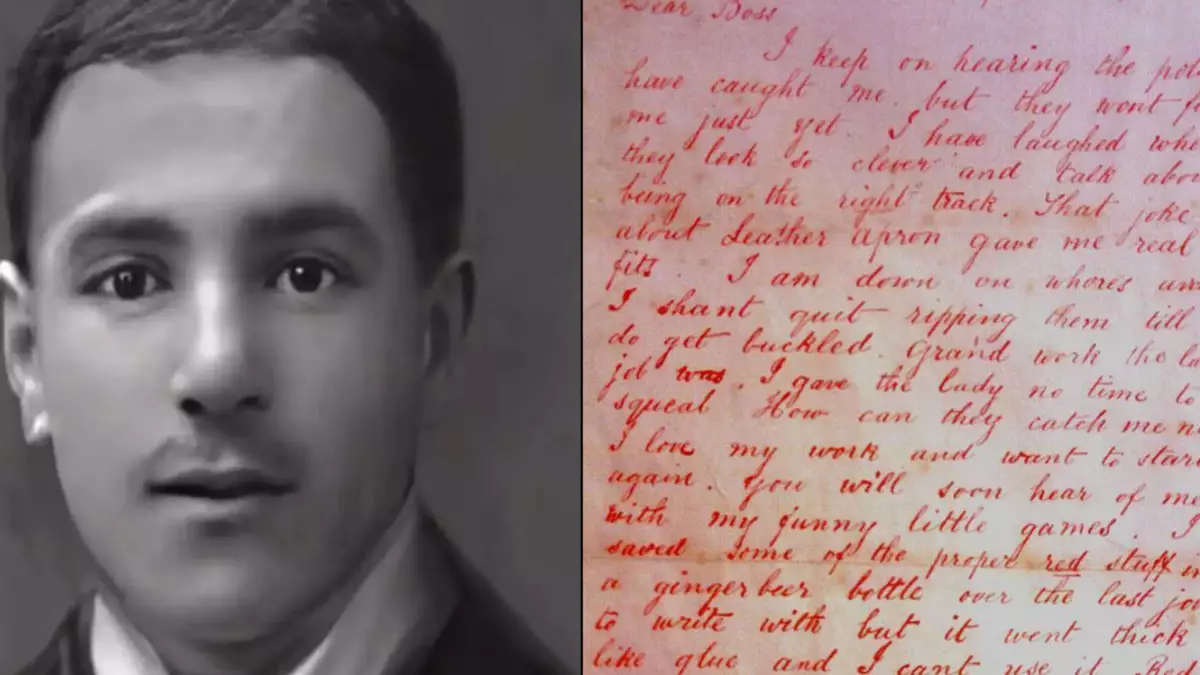
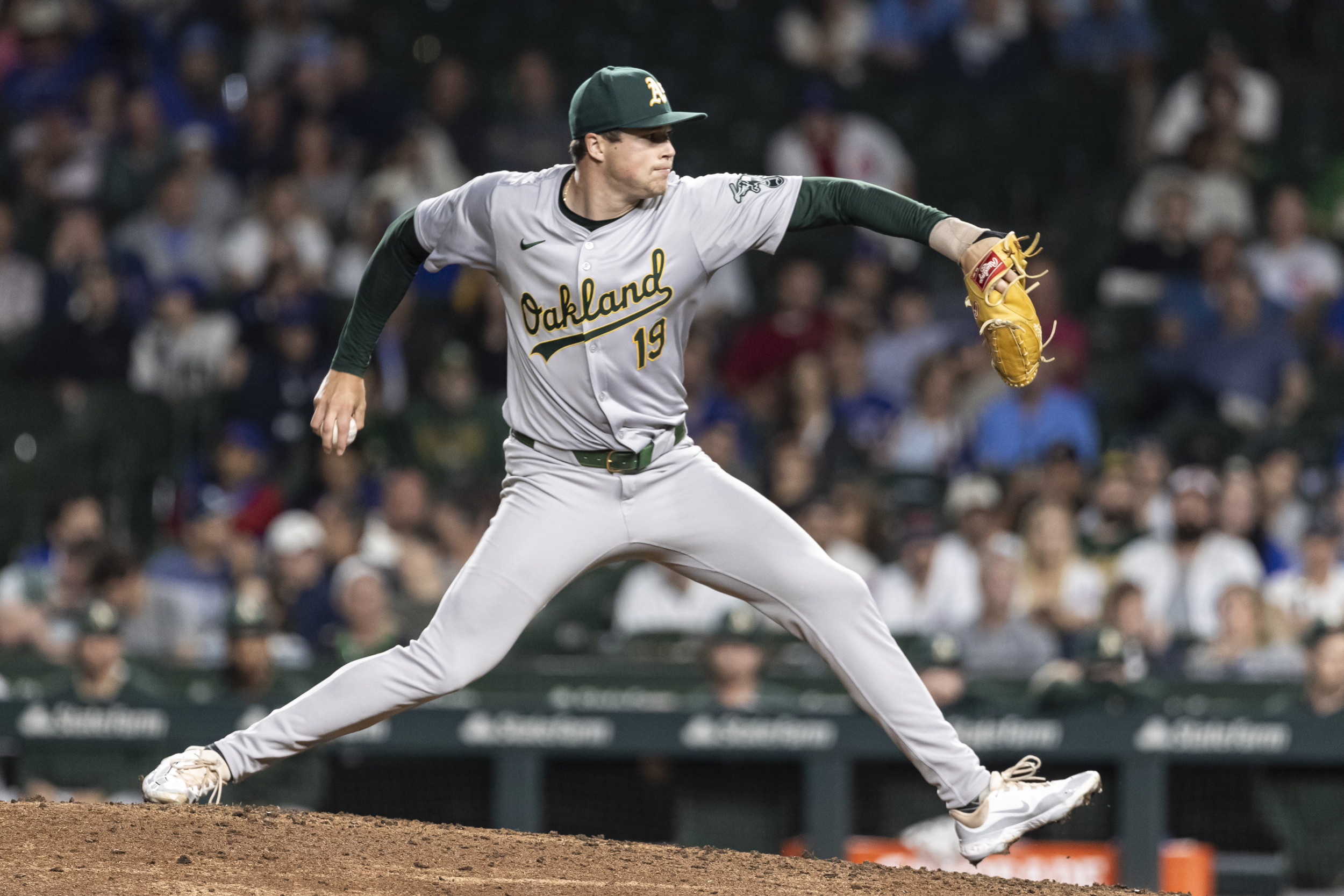














 English (US) ·
English (US) ·